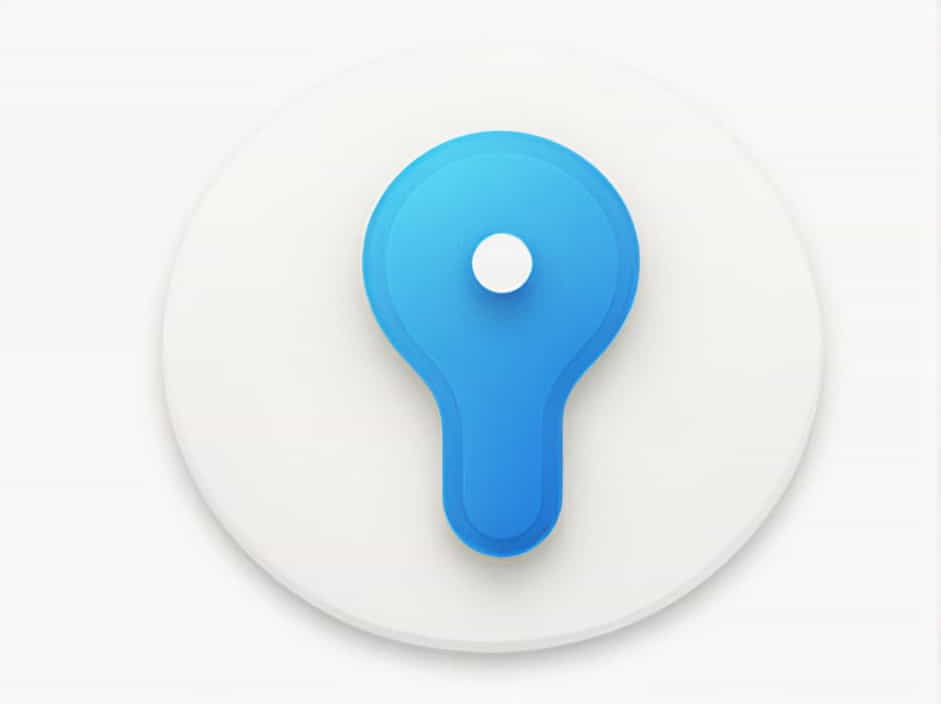The renal corpuscle is a key component of the nephron, the functional unit of the kidney. It plays a crucial role in filtration, allowing waste products and excess fluids to be removed from the bloodstream while retaining essential substances. Understanding its structure and function is important for grasping how the kidneys maintain overall body homeostasis.
This topic explores the components of the renal corpuscle, how it works in the filtration process, and its significance in maintaining healthy kidney function.
What Is the Renal Corpuscle?
The renal corpuscle is the initial part of the nephron, responsible for blood filtration. It consists of two primary structures:
- Glomerulus – A network of capillaries that filters blood.
- Bowman’s Capsule – A double-walled cup-shaped structure that collects the filtered fluid.
Together, these structures ensure that waste, water, and electrolytes are selectively filtered before moving into the next stage of urine formation.
Components of the Renal Corpuscle
1. The Glomerulus
The glomerulus is a dense capillary network where blood filtration occurs. It is unique because:
- It contains fenestrated (porous) capillaries, allowing the passage of small molecules while preventing larger ones like proteins and blood cells from being filtered out.
- It is surrounded by the glomerular basement membrane, which acts as a selective barrier.
- It receives blood from the afferent arteriole and drains filtered blood through the efferent arteriole.
2. Bowman’s Capsule
The Bowman’s capsule is a cup-like structure that surrounds the glomerulus. It collects the filtered fluid and directs it into the proximal tubule for further processing. It has two layers:
- Parietal Layer – The outermost part, providing structural support.
- Visceral Layer – The inner part, made of podocytes, which help regulate what passes into the capsule.
The Role of Podocytes in Filtration
Podocytes are specialized epithelial cells with foot-like projections (pedicels) that wrap around glomerular capillaries. These cells:
- Create filtration slits that regulate molecule passage.
- Prevent large proteins and cells from entering the nephron.
- Help maintain the integrity of the filtration barrier.
The Filtration Process in the Renal Corpuscle
The renal corpuscle filters blood plasma based on molecule size and charge. This process involves:
- Blood Entry: Blood flows from the afferent arteriole into the glomerulus.
- Filtration at the Capillaries: Water, ions, glucose, and waste pass through the glomerular capillary walls into Bowman’s capsule.
- Collection in Bowman’s Space: The filtered fluid, now called glomerular filtrate, moves into the renal tubule.
- Exit Through Efferent Arteriole: The remaining blood, including large molecules and proteins, leaves through the efferent arteriole.
Filtration Rate and Its Regulation
The glomerular filtration rate (GFR) is the rate at which the renal corpuscle filters blood. Normal GFR is about 90-120 mL/min. Several factors influence this rate:
- Blood Pressure: Higher pressure increases filtration.
- Afferent and Efferent Arteriole Diameter: Changes in these blood vessels regulate flow.
- Hormones and Signals: Renin, angiotensin, and aldosterone help adjust filtration as needed.
Conditions That Affect the Renal Corpuscle
1. Glomerulonephritis
An inflammation of the glomerulus that can lead to:
- Proteinuria (protein in urine)
- Hematuria (blood in urine)
- Reduced kidney function
2. Diabetic Nephropathy
High blood sugar damages glomerular capillaries, causing:
- Increased filtration pressure
- Protein loss in urine
- Progressive kidney failure
3. Hypertension and Kidney Damage
High blood pressure can:
- Damage glomerular capillaries
- Reduce filtration efficiency
- Lead to chronic kidney disease (CKD)
Maintaining a Healthy Renal Corpuscle
1. Control Blood Pressure and Sugar Levels
- Maintain normal blood pressure (120/80 mmHg).
- Manage diabetes with proper diet and medication.
2. Stay Hydrated
- Drink enough water to support kidney function.
- Avoid excessive salt and processed foods.
3. Avoid Nephrotoxic Substances
- Limit NSAIDs (like ibuprofen) and alcohol.
- Avoid excessive protein intake, which can stress the kidneys.
4. Get Regular Checkups
- Monitor GFR and kidney function tests.
- Detect early signs of kidney disease.
The renal corpuscle, made up of the glomerulus and Bowman’s capsule, is essential for blood filtration in the kidneys. It allows waste and excess fluids to be excreted while retaining necessary substances. Maintaining kidney health through hydration, blood pressure control, and a balanced diet is crucial for overall well-being. Understanding the renal corpuscle’s structure and function helps in recognizing and preventing kidney-related disorders.
